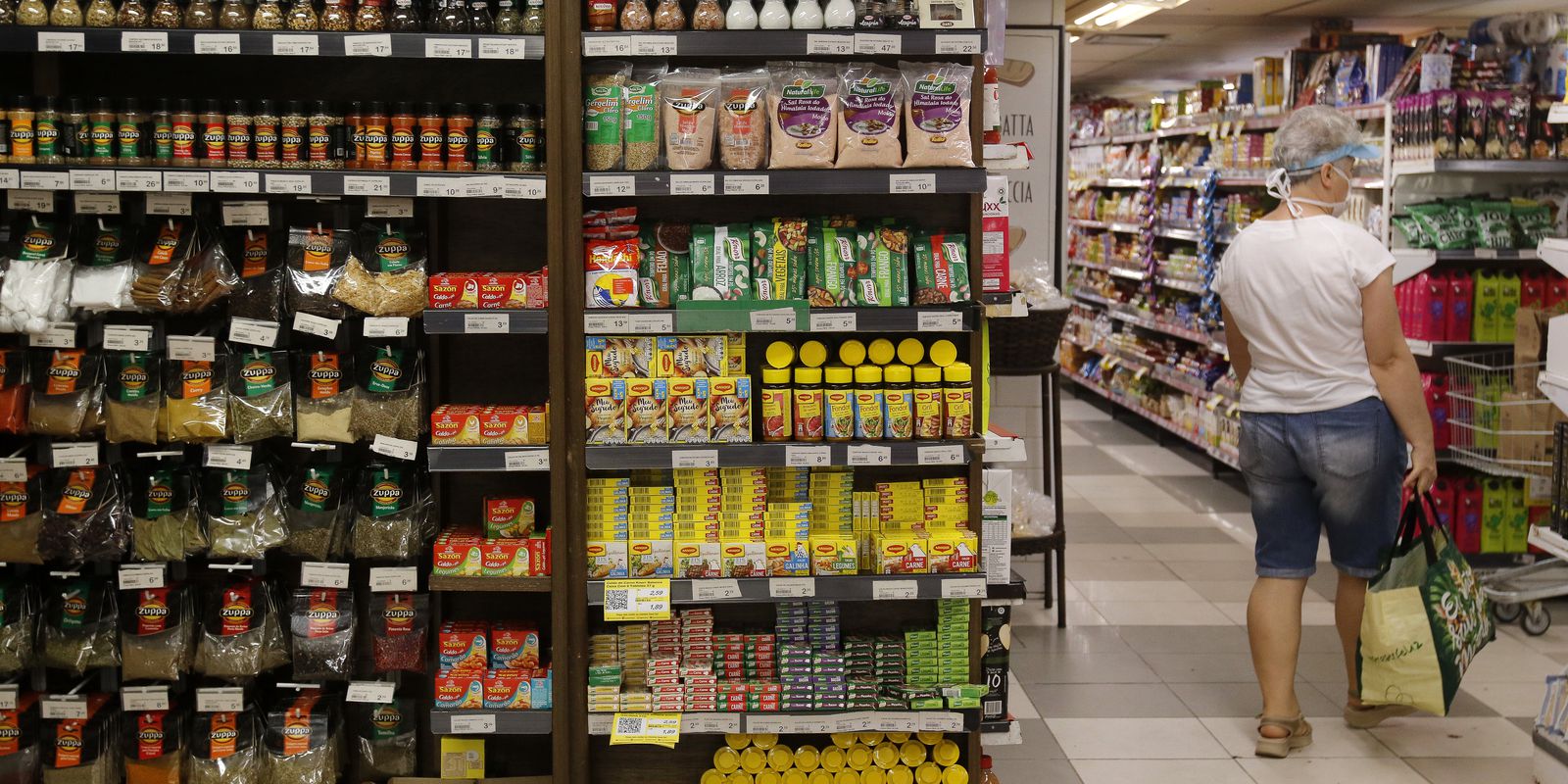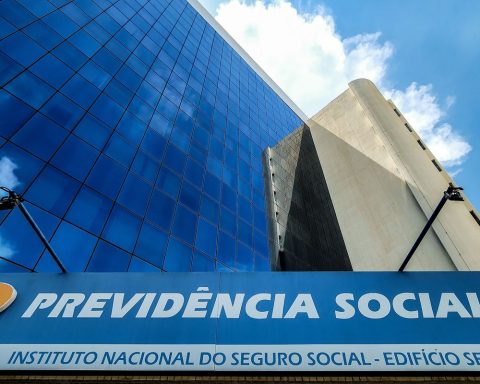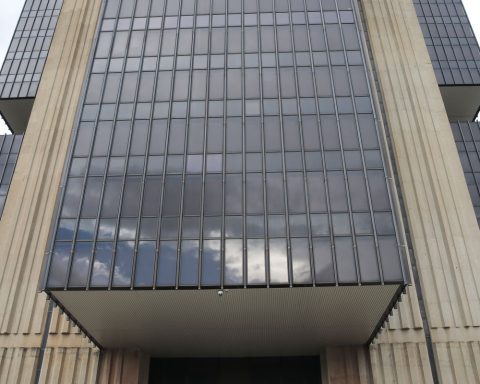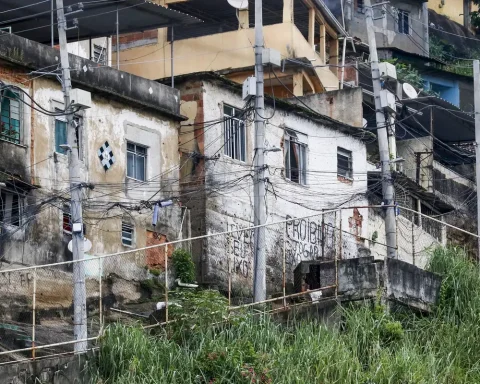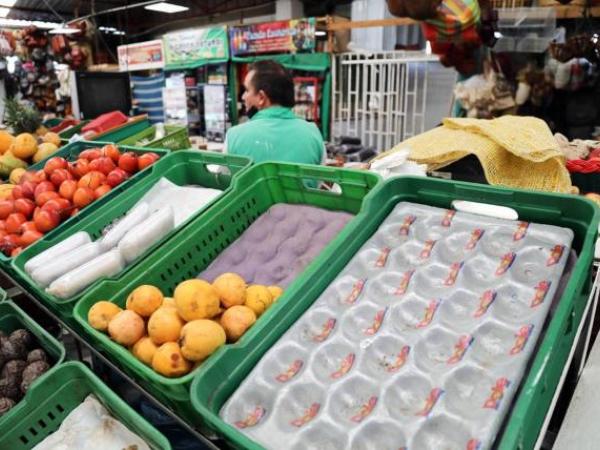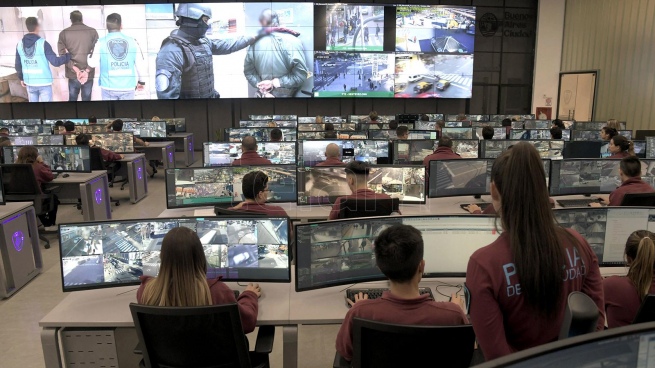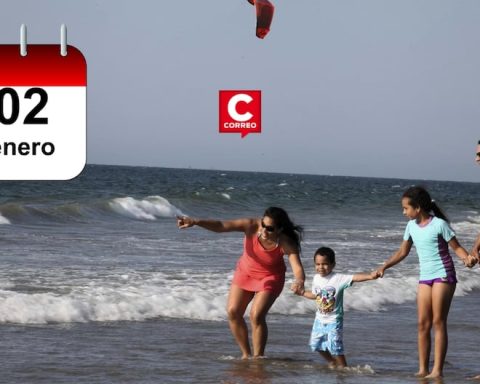Inflation accumulated in the last 12 months hits the poorest families more strongly and reaches 12% for those with a household income lower than R$ 1,808.79. The analysis was released today (14) by the Institute of Economic and Applied Research (Ipea), with data going up to March.
The price variation accumulated in a year falls as income increases and reaches 10% among the richest families, who earn more than R$ 17,764.49 per month. The other income brackets had inflation of 11.6% (low and middle-low income), 11.1% (middle income), and 10.4% (middle-high income).
When only the month of March is considered, the scenario is repeated: very low-income families had monthly inflation of 1.74%. The price variation was 1.72% for low-income families; 1.70% for low-middle income families; 1.63% for middle-income families; 1.51% for upper-middle income families; and 1.24% for high-income families.
The income ranges considered in the IPEA survey are: very low (less than R$1,808.79), low (from R$1,808.79 to R$2,702.88), medium-low (from R$2,702.88 to BRL 4,506.47), medium (from BRL 4,506.47 to BRL 8,956.26), medium-high (from BRL 8,956.26 to BRL 17,764.49) and high (greater than BRL 17,764.49 ).
The official March inflation calculated by the Brazilian Institute of Geography and Statistics (IBGE) for the entire Brazilian population was 1.62%the highest for a month of March since the implementation of the Real Plan, in 1994. In 12 months, the indicator accumulates an increase of 11.3%.
food and transport
Ipea explains in the analysis released today that the prices of the food and beverage and transport groups were the main responsible for the inflationary pressure in the month of March, being the first most relevant in the shopping basket of lower-income families. For the other income brackets, the increases in the transport group weighed more, especially fuel.
In addition to the fact that the food and beverage group was responsible for significant inflationary pressure, within this group, items of great importance for lower-income families, such as rice (which rose 2.7%), beans (6.4% ), carrots (31.5%), potatoes (4.9%), milk (9.3%), eggs (7.1%) and French bread (3.0%).
The poorest families also suffered the impact of the readjustment of urban (1.3%) and interstate (3%) bus fares and the increases of 6.6% in the price of bottled gas and 1.1% of electricity .
For higher-income families, inflation was more impacted by increases of 6.7% for gasoline, 13.7% for diesel and 8% for transport by application. On the other hand, there was a drop of 7.3% in airline tickets and 0.69% in health plans.
When analyzing the last 12 months, Ipea states that the greatest inflationary pressure for lower-income families comes from the ‘housing’ group, in which the 28.5% readjustments of electricity tariffs and 29.6% of bottled gas.
These families were also the ones that most felt the increases in food at home, especially the readjustments of 55.9% for tubers, 8.1% for meat, 18.9% for poultry and eggs, 13.5% for milk and dairy products and 10.8% of baked goods.
Higher income families, in turn, felt more pressure from fuels, such as gasoline (27.5%), ethanol (24.6%), diesel (46.5%) and natural gas (45.6%). , in addition to the 42.7% increase in transport per application.
